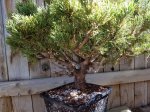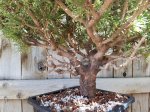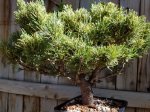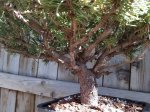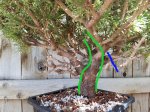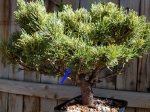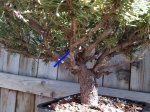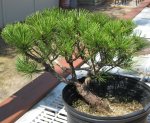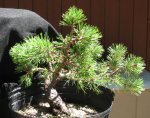KingJades
Shohin
Does anyone have a primer on how to do the collander thing? I bought a Mugo a few weeks back at Home Depot and after some mild hard pruning, am still leaving it in the 3gal nursery pot. Should I be pushing for a root prune and to get it into a collander or a basket?
The buds that are starting to turn green and into needles. Not sure why that's still happening in mid July.
The buds that are starting to turn green and into needles. Not sure why that's still happening in mid July.







